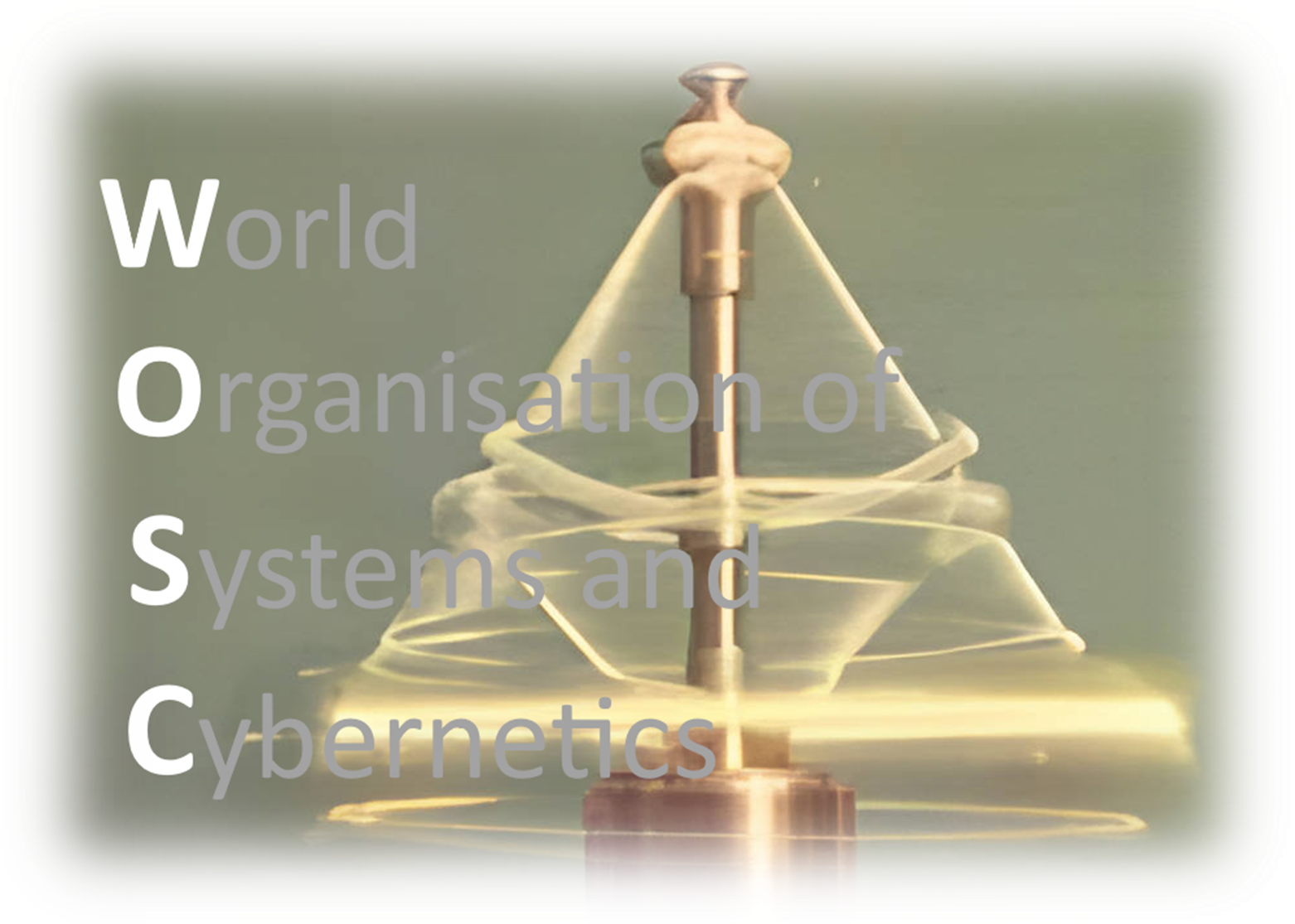Coordinated by Clas-Otto Wene and Jason Jixuan Hu (Goodman)

Learning is a very private thing. That was the core of Euclid’s answer to Pharaoh 2300 years ago: “There is no secret way for Pharaoh to geometry”. And the modern enterprise finds that learning is one process that cannot be outsourced. But learn to learn brings forward the CyberSystemic Observer, either as an external or a Fichtean internal one. If this Observer wants to be a good Teacher she/he must respect privacy meaning that the learning system is and must be operationally closed. Learning is self-organising circular causality, but the learning system is double closed like a Möbius string that both faces outwards and inwards. The CyberSystemic Observer/Teacher aligns herself/himself with the outward cycle. This alignment is what the sections here are about.
Section 4.1 Cybernetic and Systems Education: Past, Present and Future
Coordinated by Matthew Holt, William Reckmeyer, and Alfonso Reyes
This section aims to explore the past, present and future of cybernetic and systems education. The track will provide a platform for educators, researchers, and practitioners to share experiences, exchange ideas, and collaboratively envision the future of cybernetic and systems education. In particular, we seek papers that present case studies from either undergraduate, graduate and non-award education; experiments and innovations with those programs, and position papers on future trends in pedagogy and content. We aim to create and promote a transnational network to further cybernetic and systems education.
- The past - The origins and historical milestones in cybernetic and systems education: Case studies highlighting key contributors, institutions and organisations, educational approaches, and paradigm shifts.
- The present - Analysis of the current state of cybernetic and systems education worldwide. Examination of case studies of contemporary programs including courseware and curriculum development, transdisciplinary approaches, new technologies, new learner audiences. This may include showcase of innovative teaching methods and real-world applications, successful strategies for student/learner engagement. Industry engagement: Examples of successful collaborations between academia and industry to enhance cybernetic and systems education.
- The future - Exploration of learning technologies shaping the future of cybernetic and systems education; How emerging fields such as artificial intelligence can be steered by cybernetics and systems thinking as embodied in curriculum development. Transnational and First Nations perspectives Strategies for promoting inclusivity, diversity, intergenerational presence, and access within the field.
